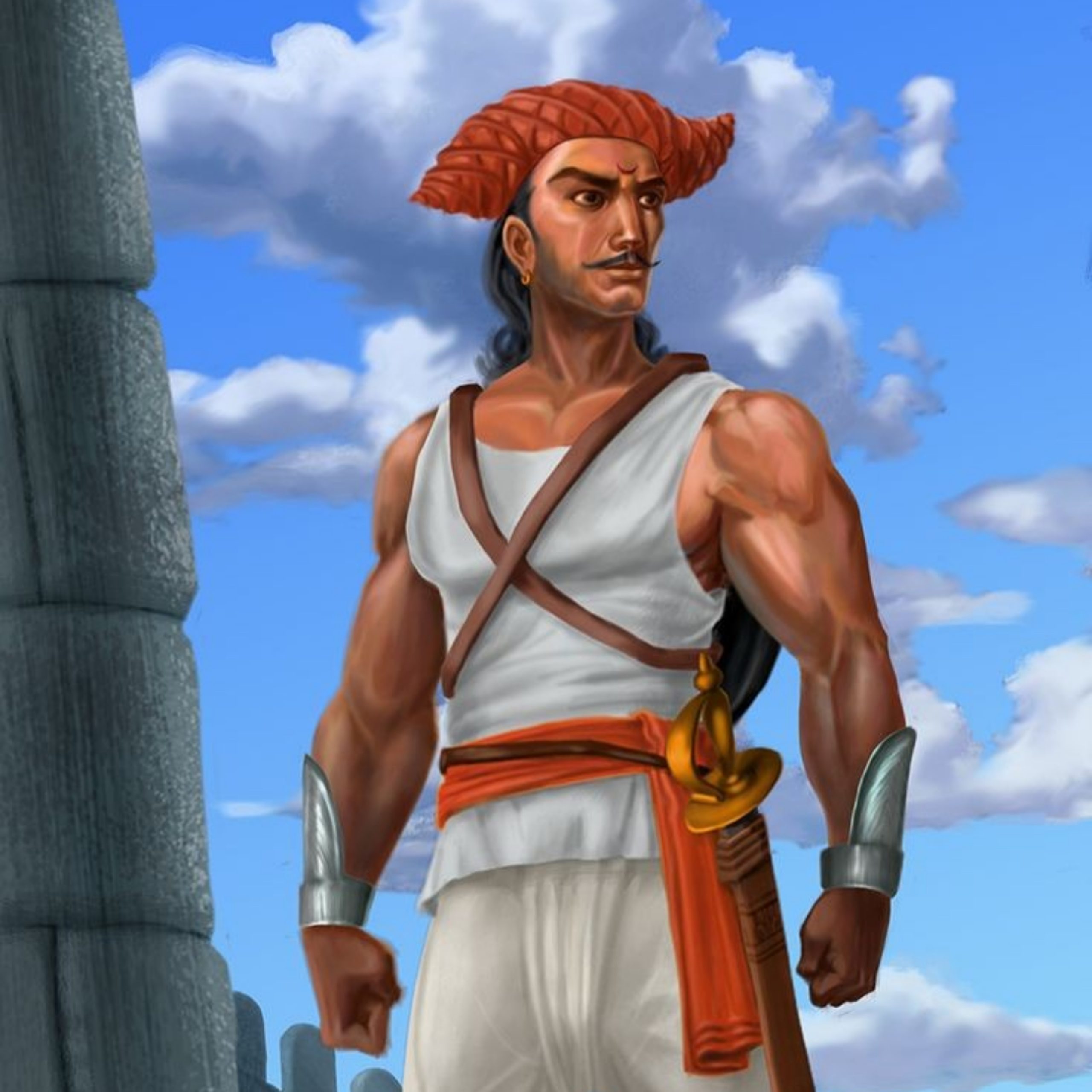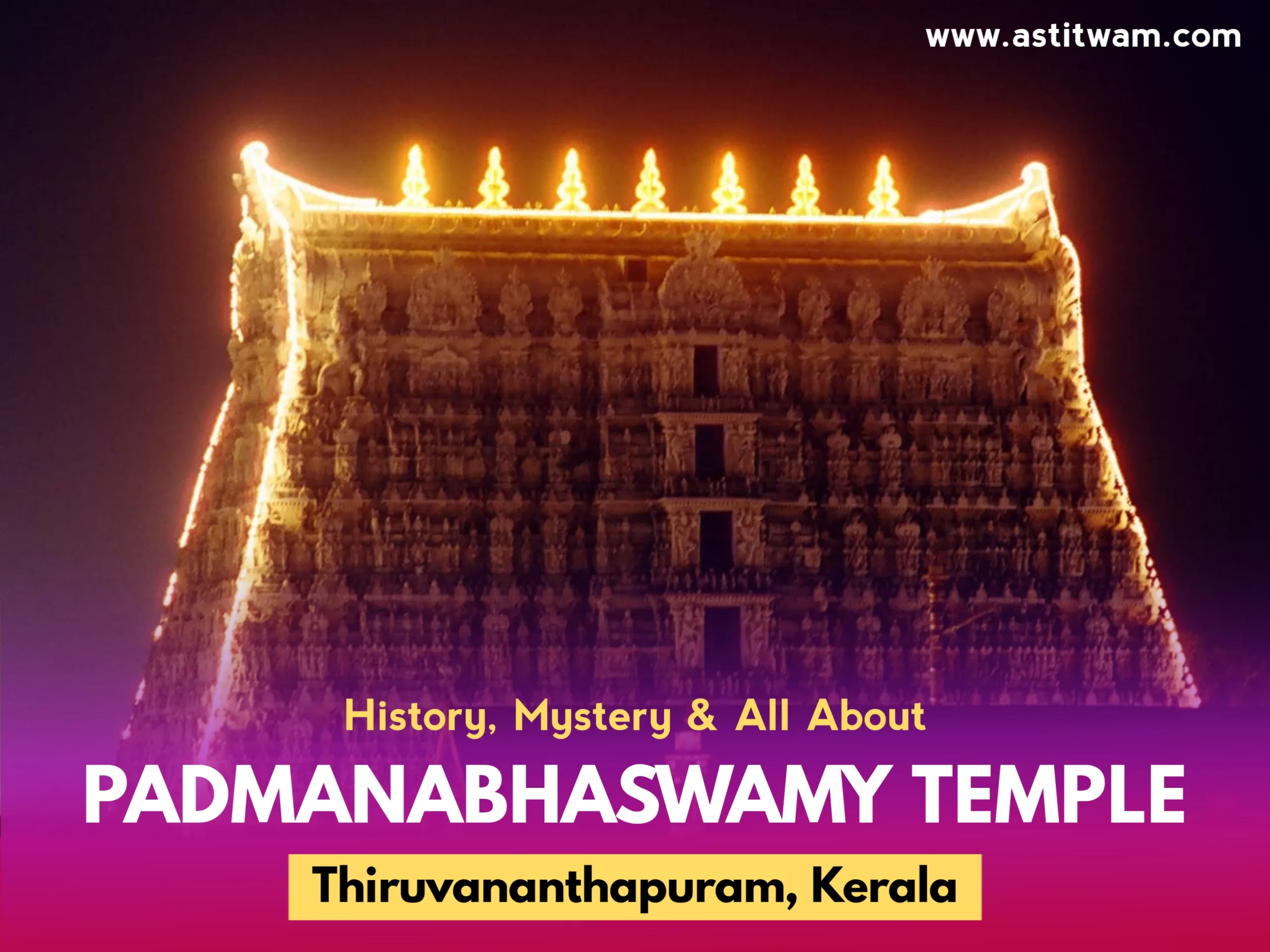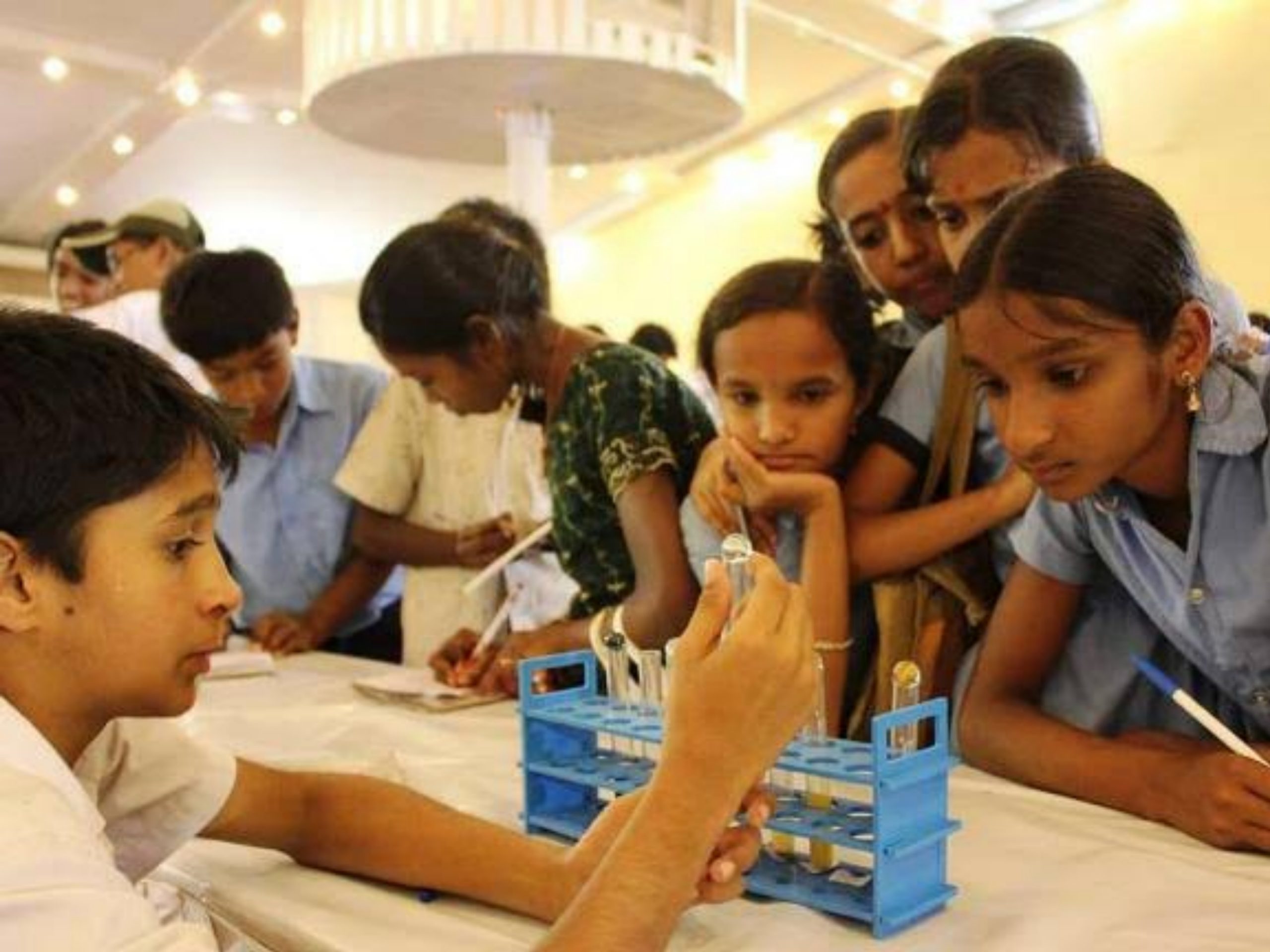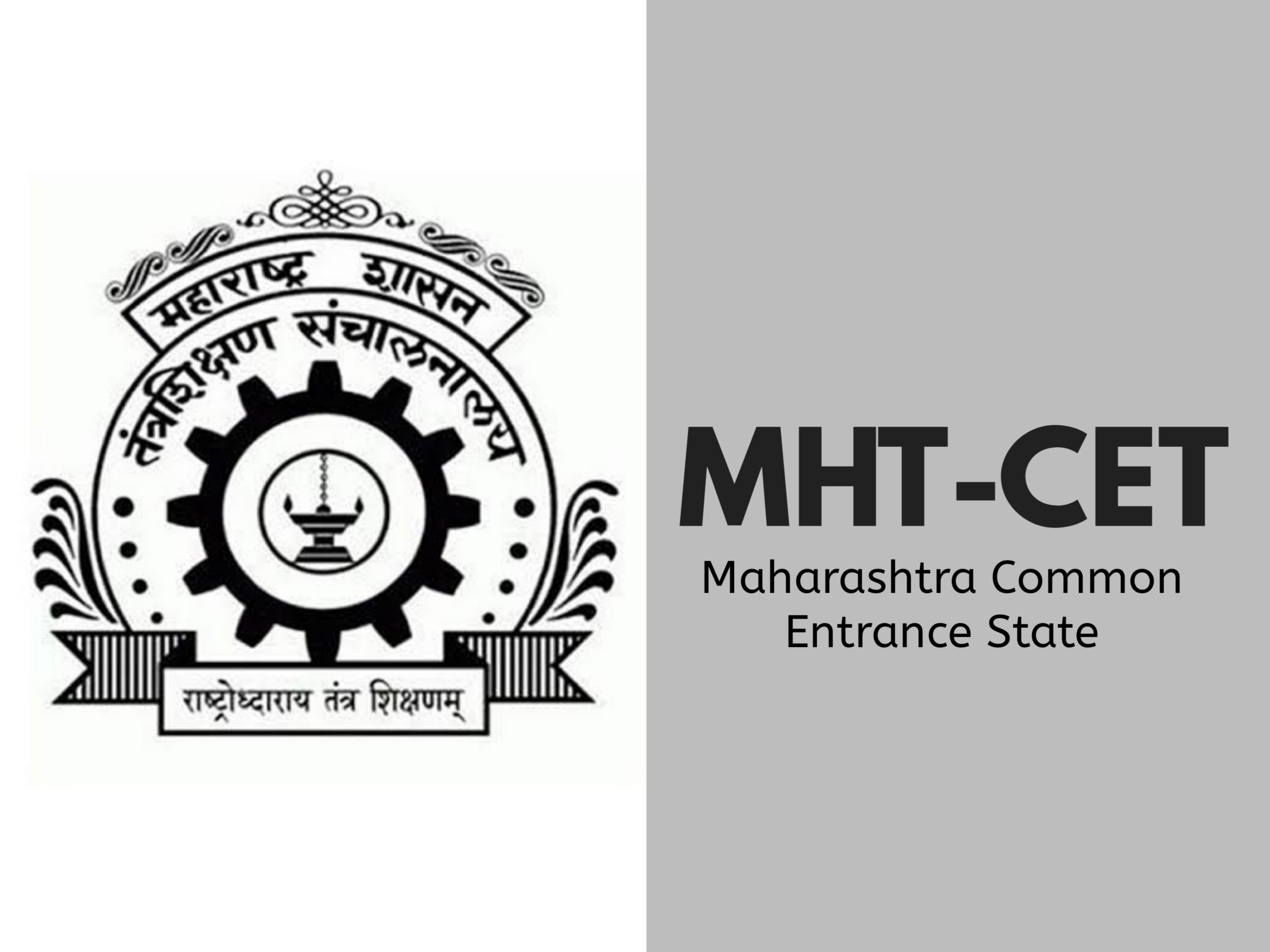Community-driven Hindu way of teaching: A glimpse into the education system of the Vijayanagara Empire
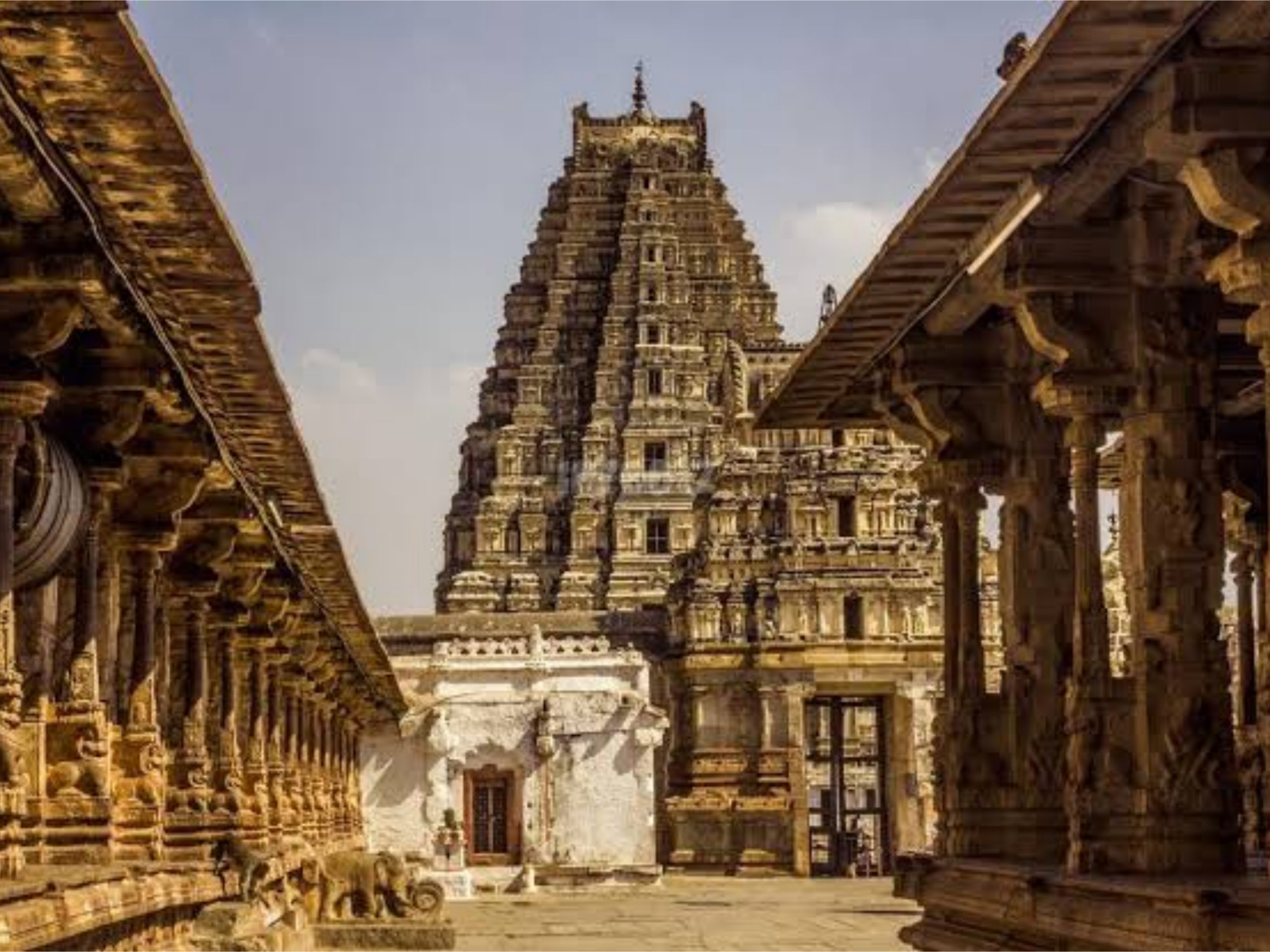
There is much value in this setup and approach — serious damage occurs if the ruling class directly interferes with education. Our experience of the last seven-plus decades only proves and endorses this point
That the Vijayanagara empire prevented Dakshinapatha from suffering the same fate as Uttarapatha at the hands of the Turushka invaders is a phenomenon that has not received the attention it really merits in our historical annals. The grand Hindu revival that Dakshinapatha witnessed in all spheres was possible solely because of the ironclad protection that this empire provided. No other Hindu empire devoted entirely for safeguarding Sanatana Dharma arose after Vijayanagara fell to the same invaders — the confederacy of the Bahamani sultans.
Education is one area that flourished in an unprecedented fashion under the nourishing shelter of the Vijayanagara Rayas. In fact, a separate book can be devoted to exploring this subject in detail.
Like in other areas, reconstruction was the first task in this realm as well. For seventy years preceding the rise of Vijayanagara, the whole of south India was a scene of absolute desolation… successive waves of Islamic invasions had reduced a vast geography in South India to a smoking wasteland.
The reconstruction phase
The reconstruction phase began with the Rayas offering sustained security, peace, and stability. A major component in this effort was to recover the backbone of the traditional Hindu method of education which was community-driven and community-funded. The community would take care of education while the Rayas performed their Dharma as its enablers. There is much value in this setup and approach — serious damage occurs if the ruling class directly interferes in education… our experience of the last seven-plus decades only proves and endorses this point.
The second phase witnessed the revival and expansion of the Pyal (also spelled, Pial) system of schooling, which was flourishing in Tamil Nadu just a century ago.
Every village or cluster of villages had a school of its own. Classes were conducted on the verandah of a house or on the porch of a temple. The typical elementary syllabus included a basic course in reading, writing, and arithmetic. Children from all socio-economic strata were freely admitted. Fees were not mandatory. The teacher was remunerated in kind or cash by parents who could afford it or by some philanthropist.
The next type of educational institution can be roughly equated with contemporary private schools. These were largely meant for the children of kings and chieftains and aristocrats. Some subjects taught there included Sastra, Darshana, literature, fine arts, and military tactics.
This system of schooling was emulated by other folks as well — private citizens hailing from the middle class. They established schools in their own homes and appointed tutors. Any child could attend these home schools with or without paying fees.
In other cases, learned Brahmana scholars would voluntarily offer to teach. Eventually, a small group of students would collect around them and their happy parents would gladly remunerate the Brahmanas — the remuneration was mostly in kind — grain, provisions, clothes, and finery and cash on festivals and Utsavas.
Next, the ubiquitous Agraharas were an inseparable feature of the Vijayanagara socio-cultural atmosphere. The Brahmana scholars inhabiting them are frequently described as being “zealous in discharging their six-fold traditional duty.” Perhaps the most important of these duties was Adhyapana or teaching. A majority of these Agraharas were great centers of higher education. For example, Kallidaikurichi on the banks of the sacred Tamraparni River, was an ancient Agrahara of great distinction until E.V. Ramaswami Naicker in the 1920s, unleashed his fanatical Dravidian goons and virtually made it extinct a few decades later.
Apart from the Veda, subjects taught in these Agraharas included Law, Astrology, Astronomy, Philosophy, Medicine, Statecraft and Music. These subjects were taught only by the absolute specialists and students were put through a demanding rigour before they were admitted. The Italian missionary, de Nobili writes in a letter dated 1610 that in Madurai alone, more than ten thousand students were enrolled under various Pandits well-versed in Darshana and Sastra.
The next great hubs of education in the Vijayanagara realm were temples and Mathas scattered all over Dakshinapatha. Even today, we notice some vestiges of that past glory. The temples and Mathas at Kanchi, Ahobilam, Srisailam, Kalahasti, Chidambaram, Srirangam, Melukote, Sringeri, Gokarna, Chandragiri, Penukonda, and Tirupati are still considered great centers of traditional learning. The heads of the Mathas were not only first-rate scholars, but they were also highly cultured individuals who took a genuine and personal interest in keeping alight the flame of learning.
If a backhanded compliment for this exalted educational climate is needed, it comes from the Portuguese Pastor and writer, Duarte Barbosa: “Every man may come and go and live according to his own creed, without suffering any annoyance and without inquiry whether he is a Christian, Jew, Moor or Heathen. Great equity and justice is observed to all not only by the rulers but by the people one to another.”
In the next and concluding part of this series, we will explore other facets of education in the Vijayanagara Empire including technical subjects, and the overall milieu of learning.

